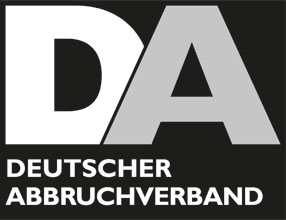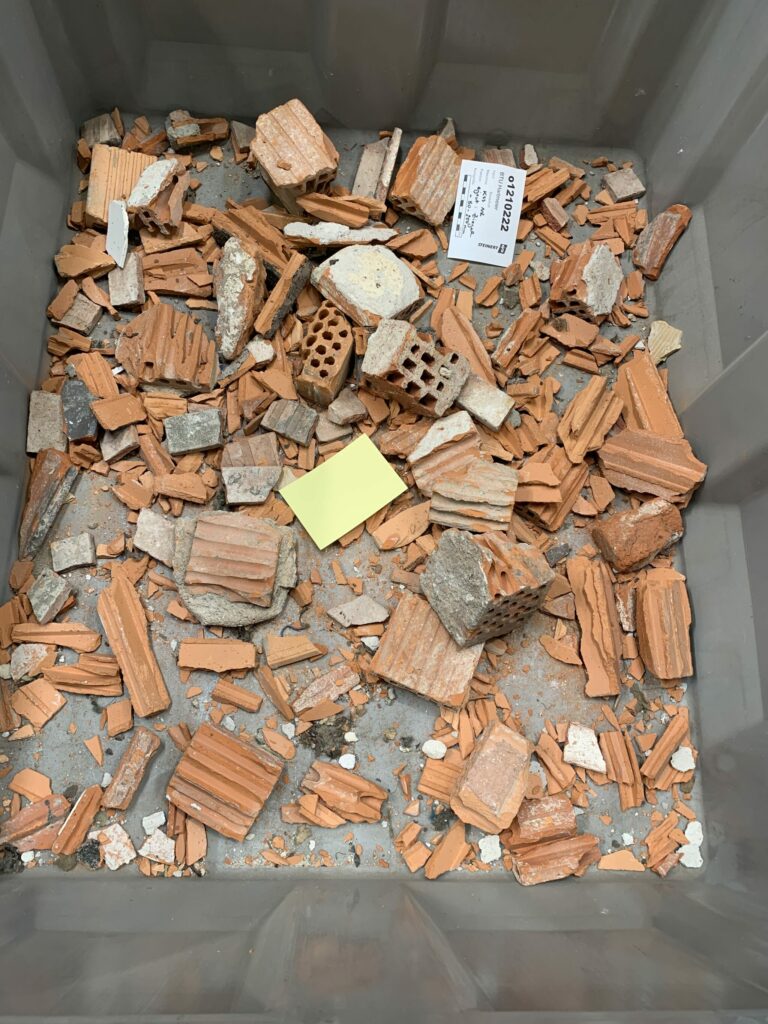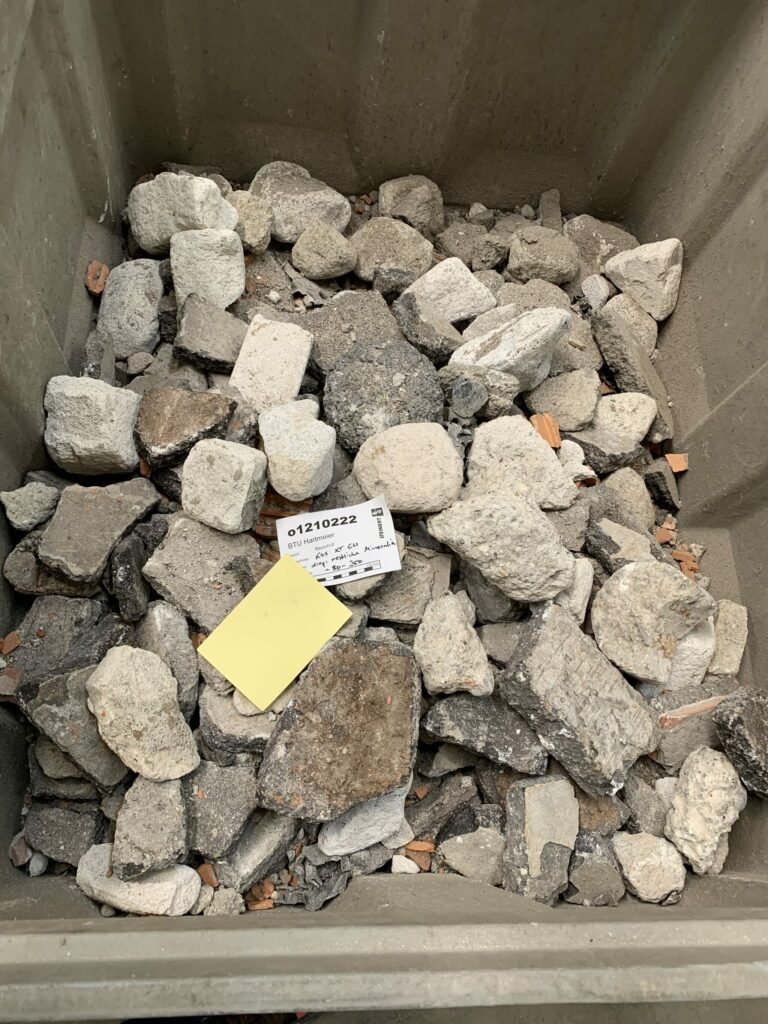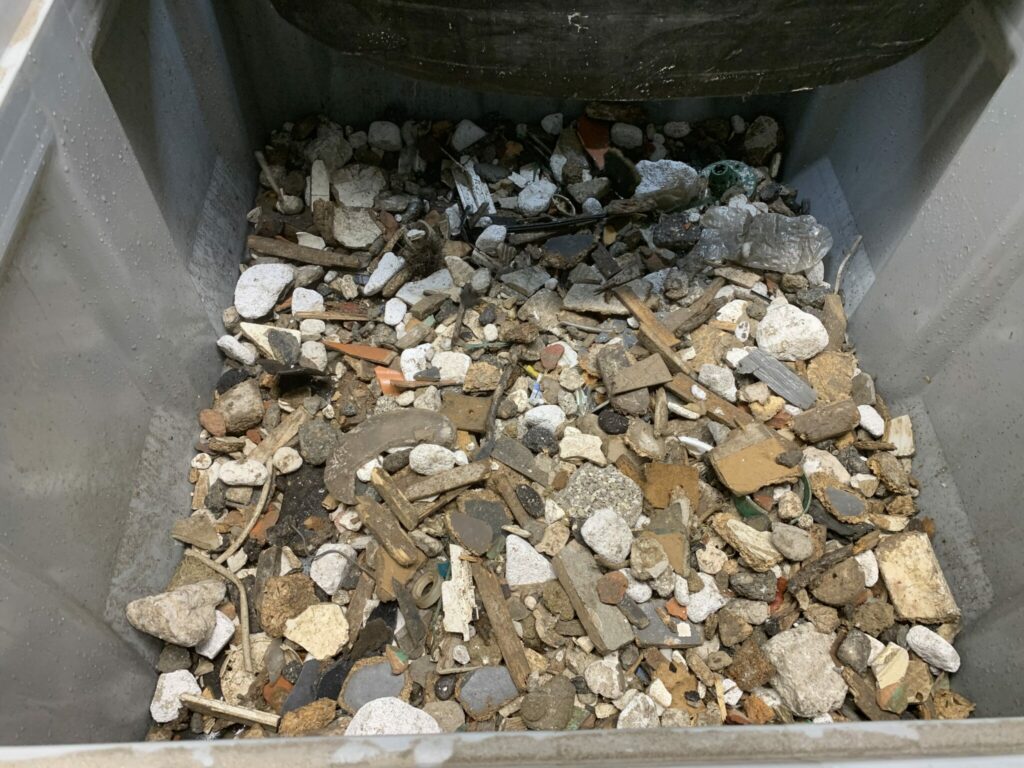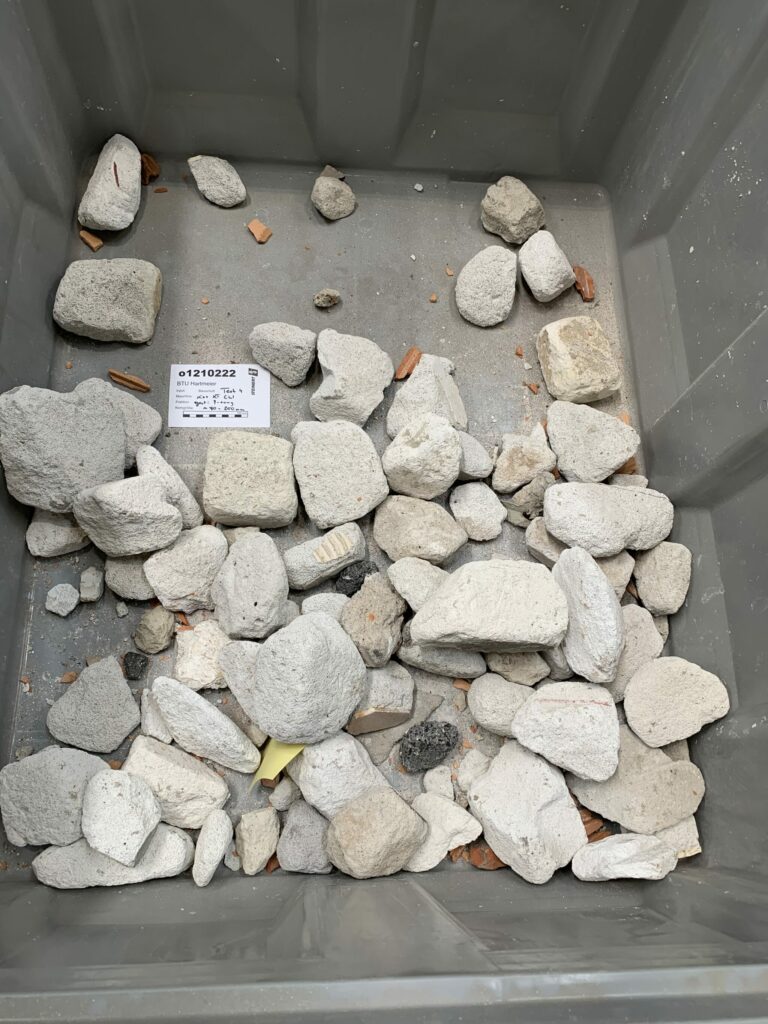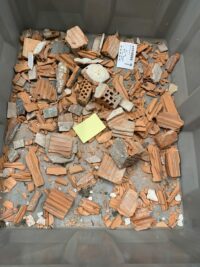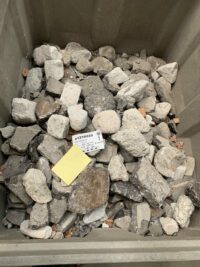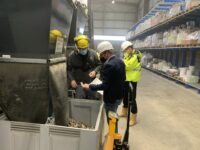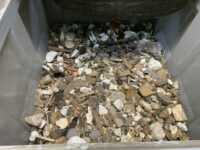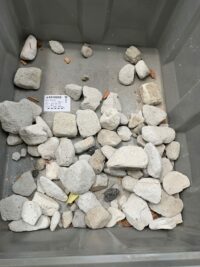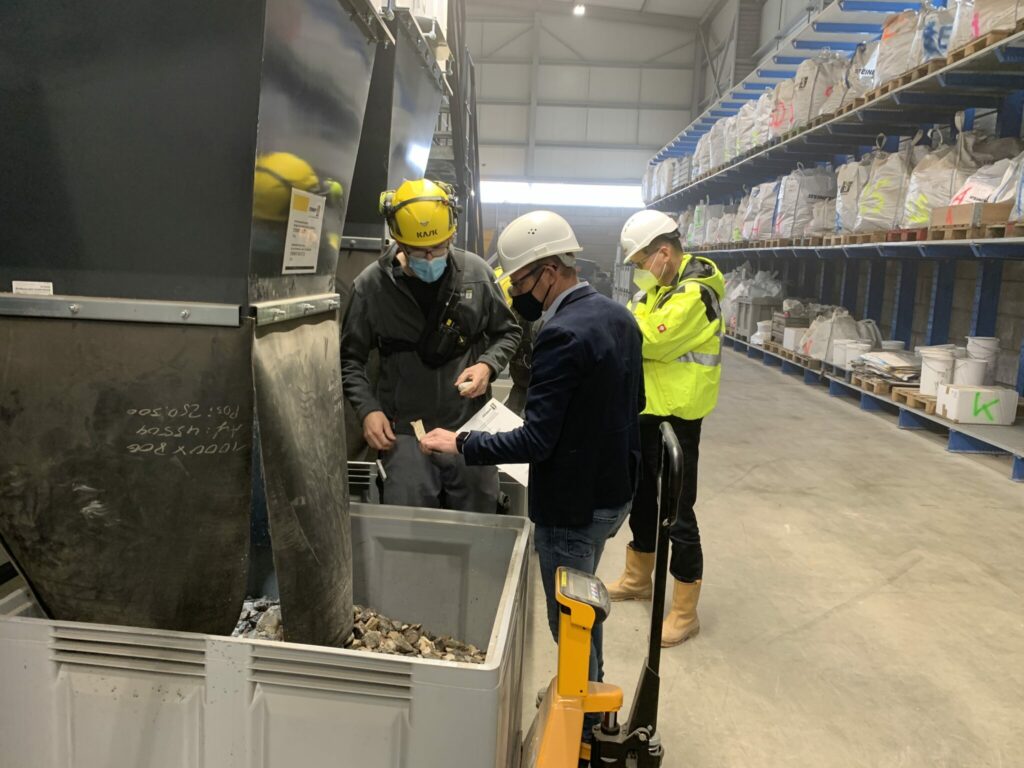
The Professional Committee Recycling and Waste Disposal of the DA initiated innovative test

Sorting mixed crushed construction waste at the Test Center of the Steinert company in Pulheim near Cologne, Germany
Although the struggle over the “Mantelverordnung” has shaped a large part of the work of the Professional Committee Recycling and Waste Disposal from Deutscher Abbruchverband (DA – German Demolition Association), the committed members of the Professional Committee Recycling and Waste Disposal are still looking to the future.
Companies from the demolition industry will in future have to meet even higher requirements for the selective dismantling of buildings, but also for the treatment of building and demolition waste, in order to meet the political will of climate and resource protection through recycling, including in the demolition industry. However, if today’s construction and demolition waste is to be recycled, new developments are needed in both demolition and treatment technology.
On the initiative of Michael Weiß, Chairman of the Professional Committee Recycling and Waste Disposal, trials in the Test Center of the company Steinert for the re-sorting of broken mixed construction waste were carried out.
The first experiments of this kind focused on the question of whether it is possible to remove these extraneous elements/disturbances from broken mixed and heavily contaminated building rubble or to separate individual fractions. The Steinert test facility offers the possibility to simulate such tests as realistically as possible. The system consists of classic magnets, non-ferrous metal separators, sensor-based sorting systems and further preparation stages. The separation of wood, plastics such as PE (polyethylene) and PP (polypropylene), minerals, black objects or floating materials such as foil or paper play a role.
Live and on site the members of the Professional Committee Recycling and Waste Disposal were able to witness whether such a modern sorting system, which is not yet designed for the sorting of broken mixed construction waste, is at all capable of detecting and sorting out relevant amounts of contaminants.
The members of the Professional Committee Recycling and Waste Disposal were surprised by the good sorting results.
Certainly, further detailed votes will be required. However, the tests have shown that in future fractured mixed construction waste, which cannot be separated further on the construction sites and which still contains a large proportion of small-scale impurities during treatment, can be further processed in special sorting plants and removed from impurities. This is only at the beginning of development, since in addition to the necessary further technical adaptation of such a sorting plant, the construction of such a sorting plant also requires high investment.
